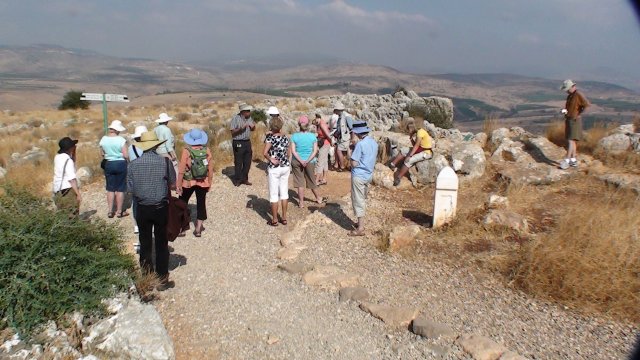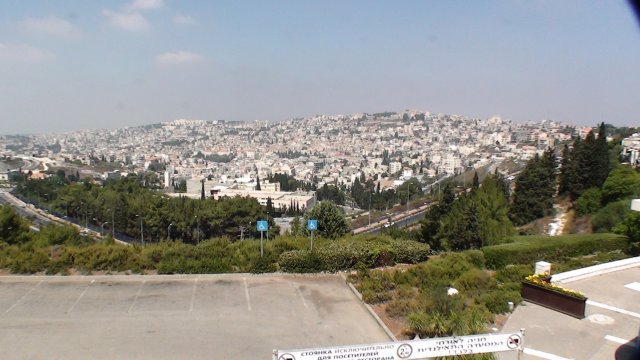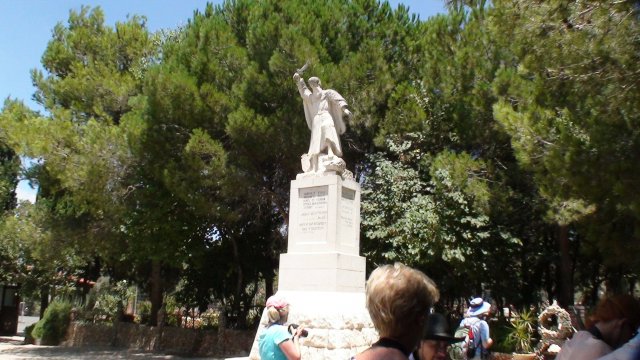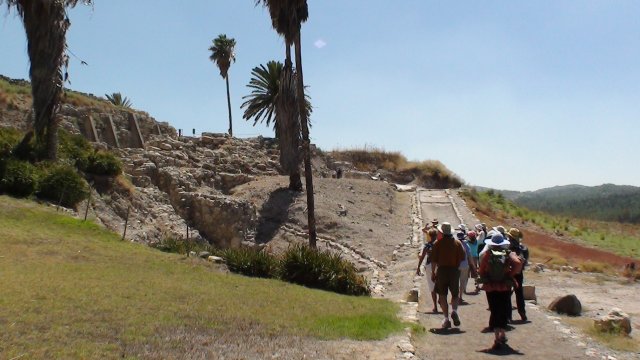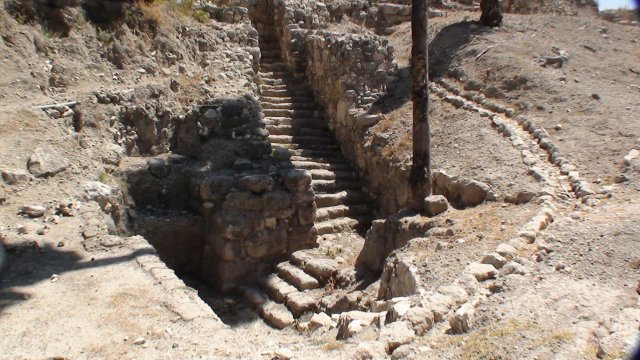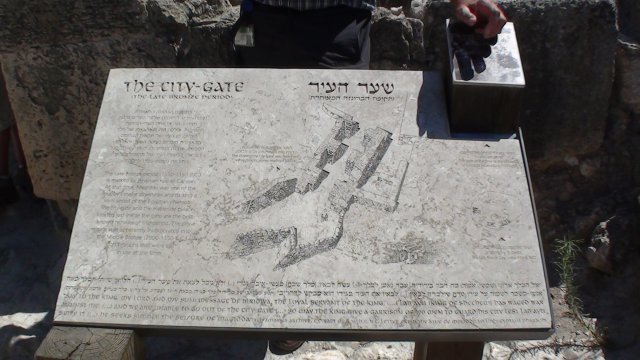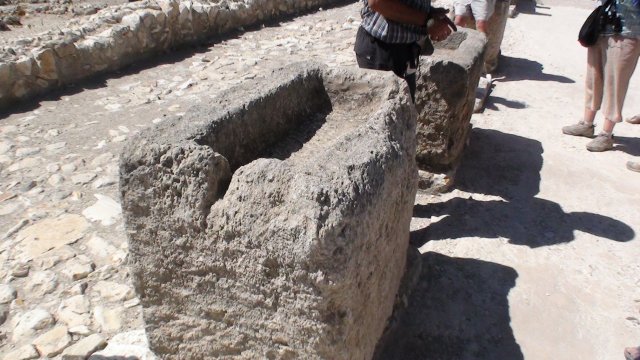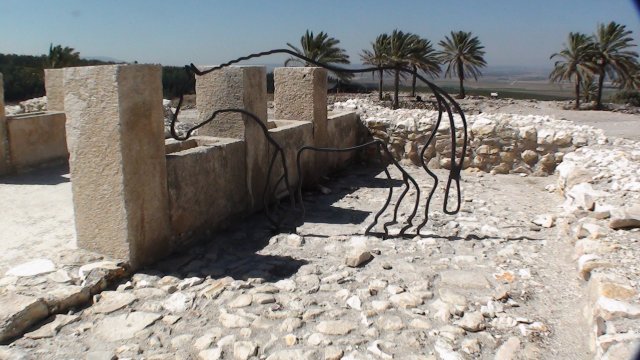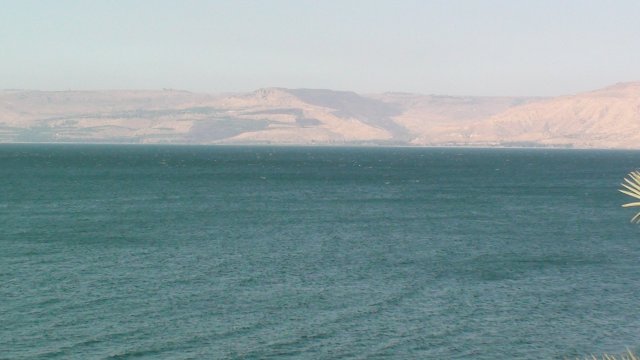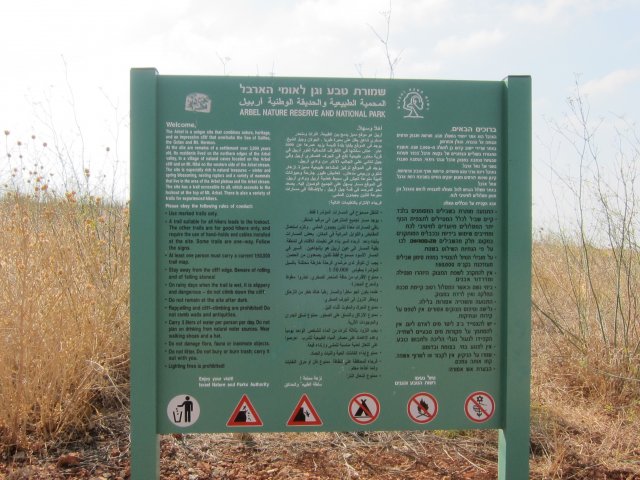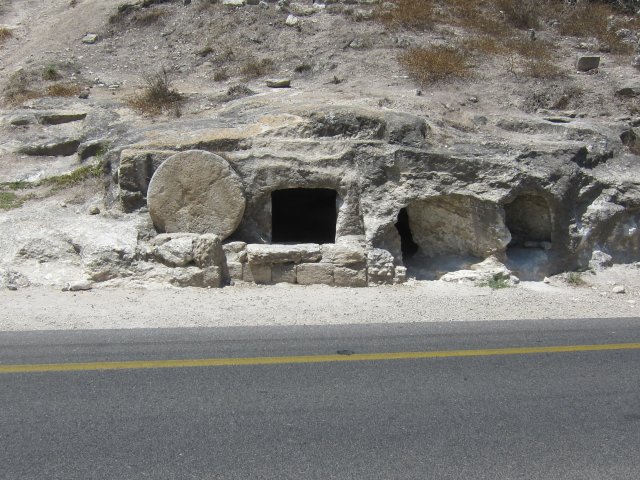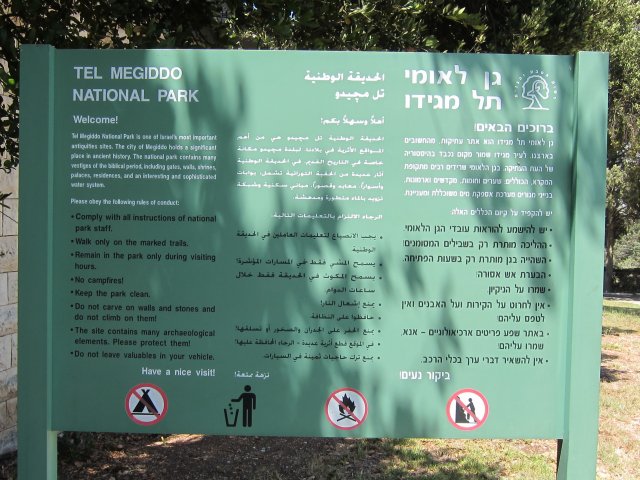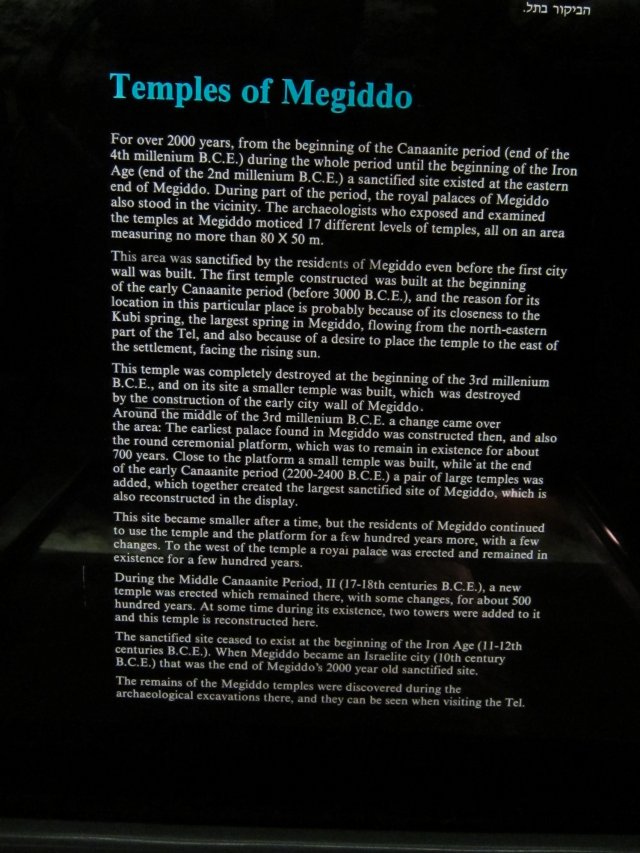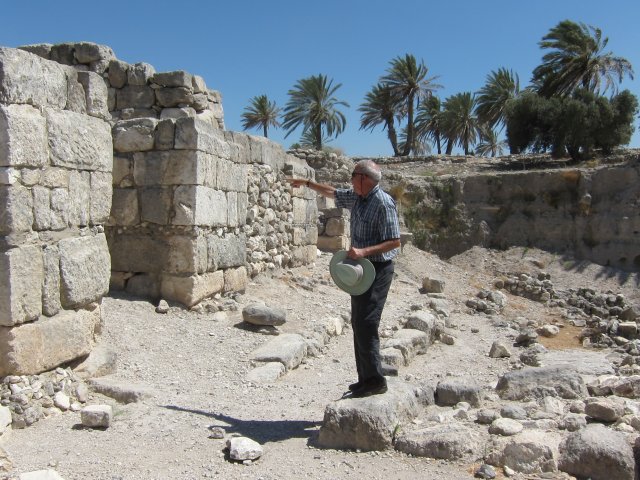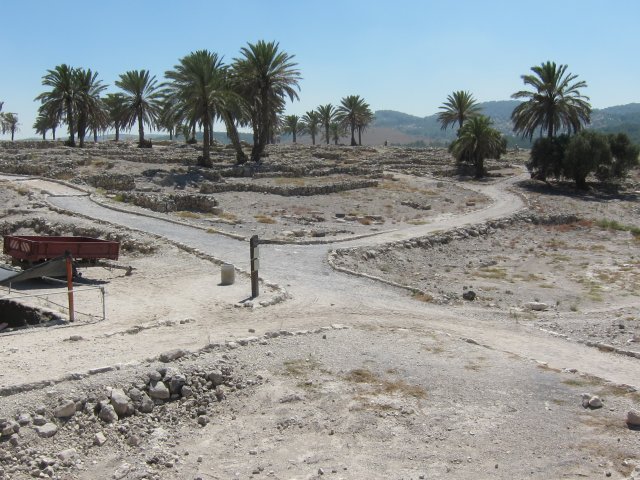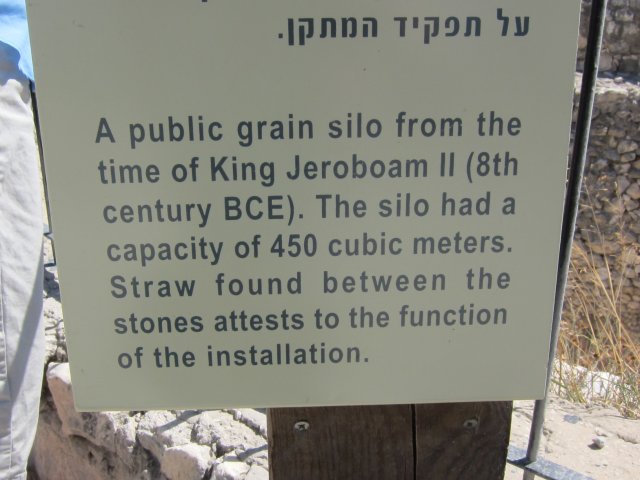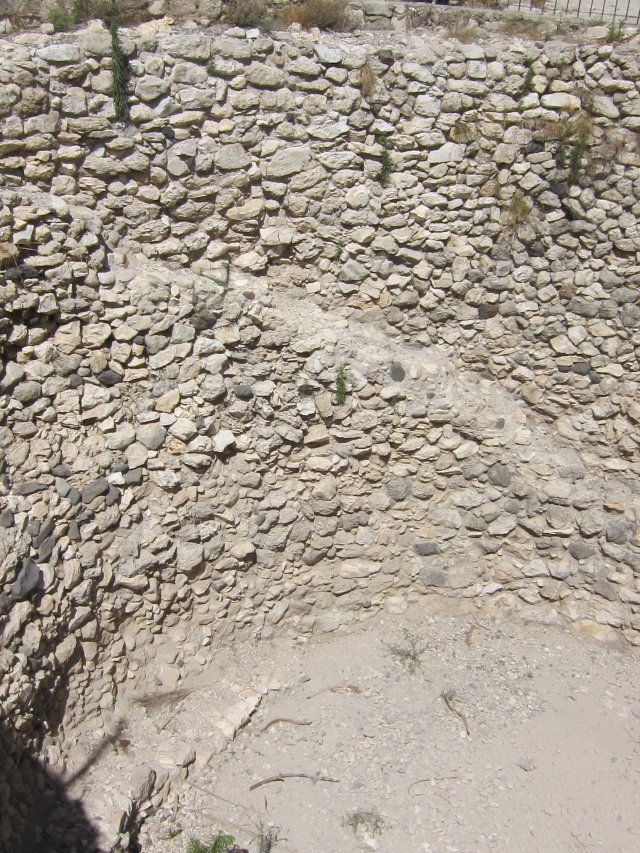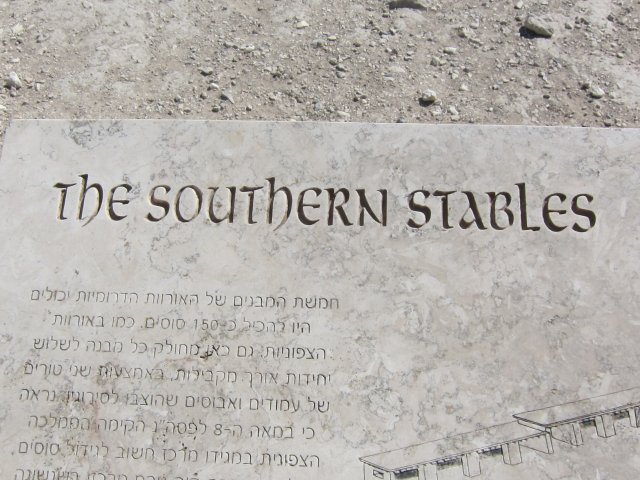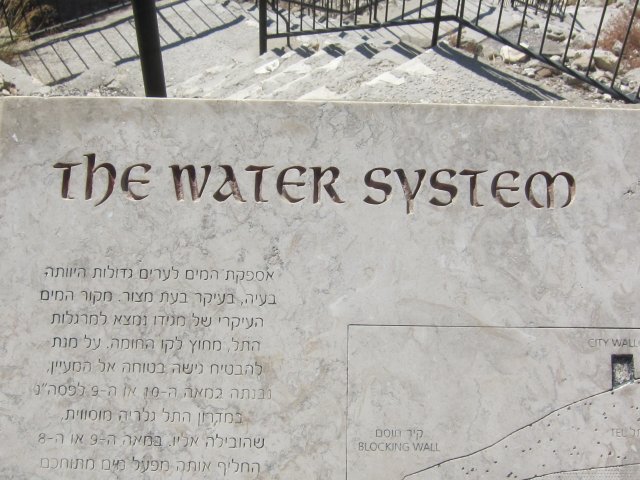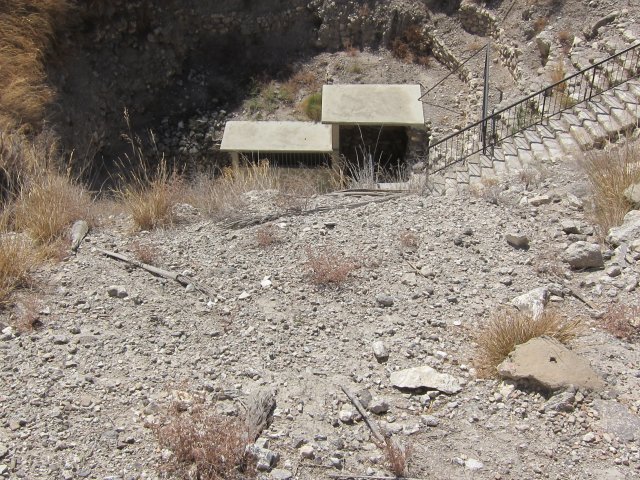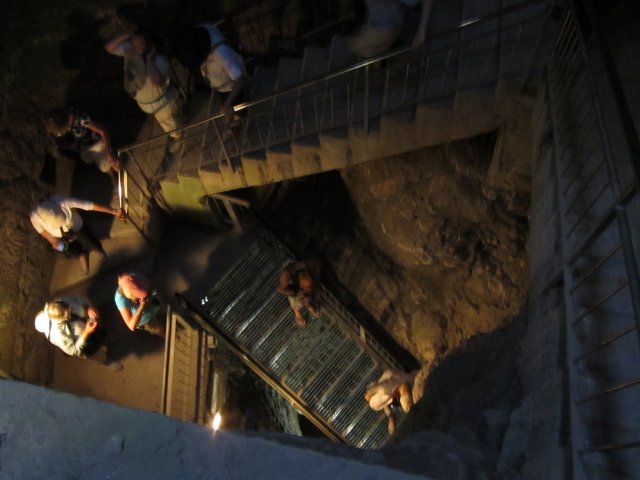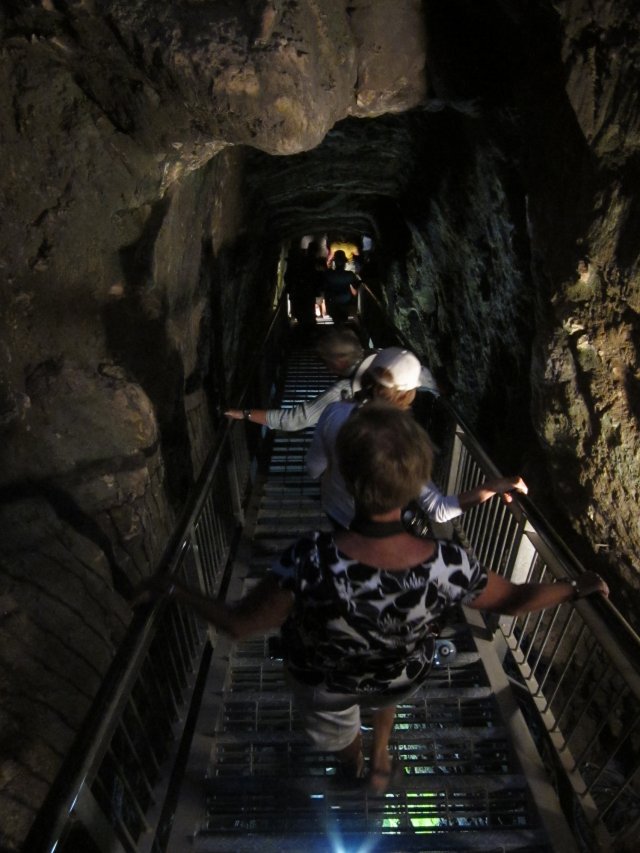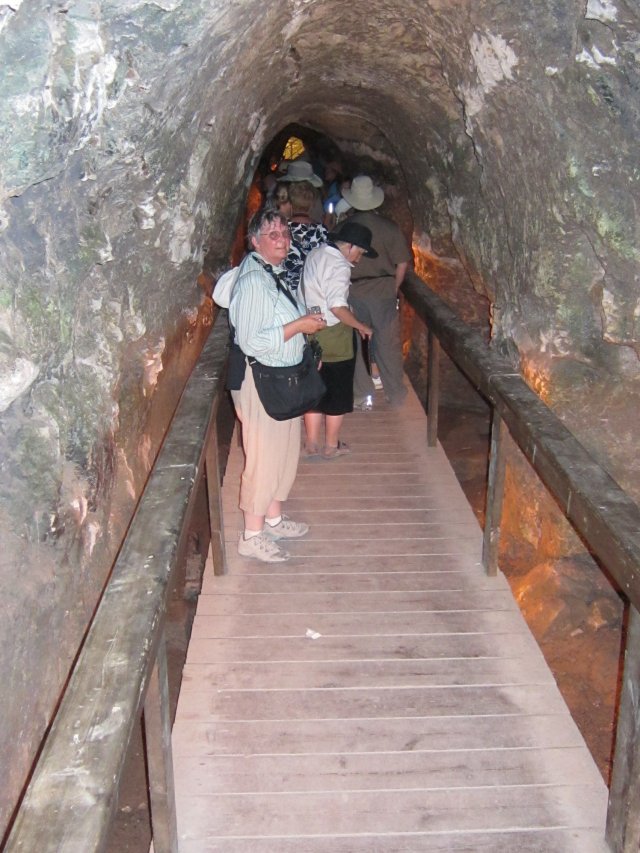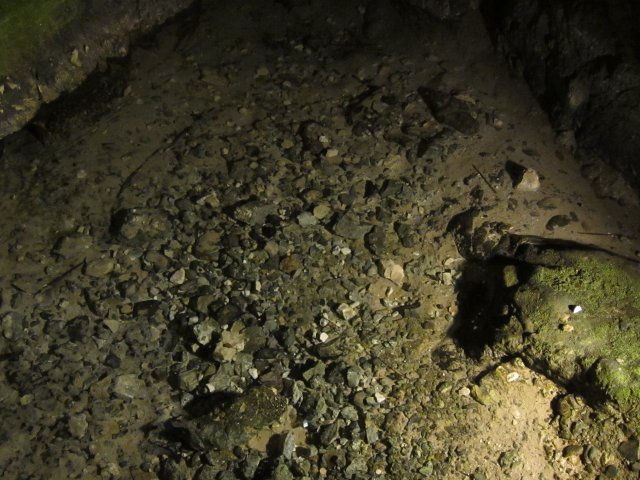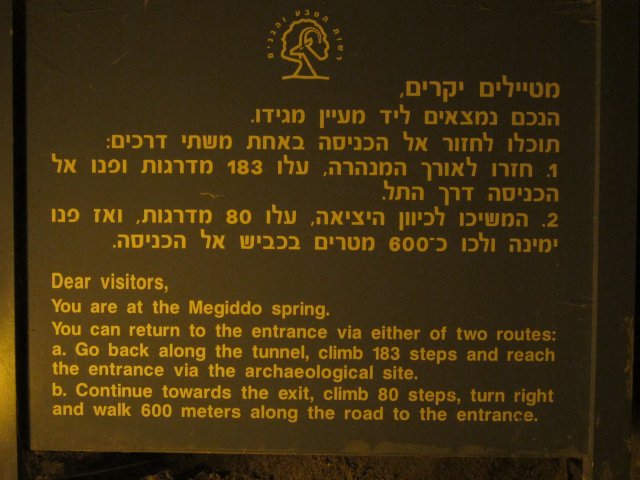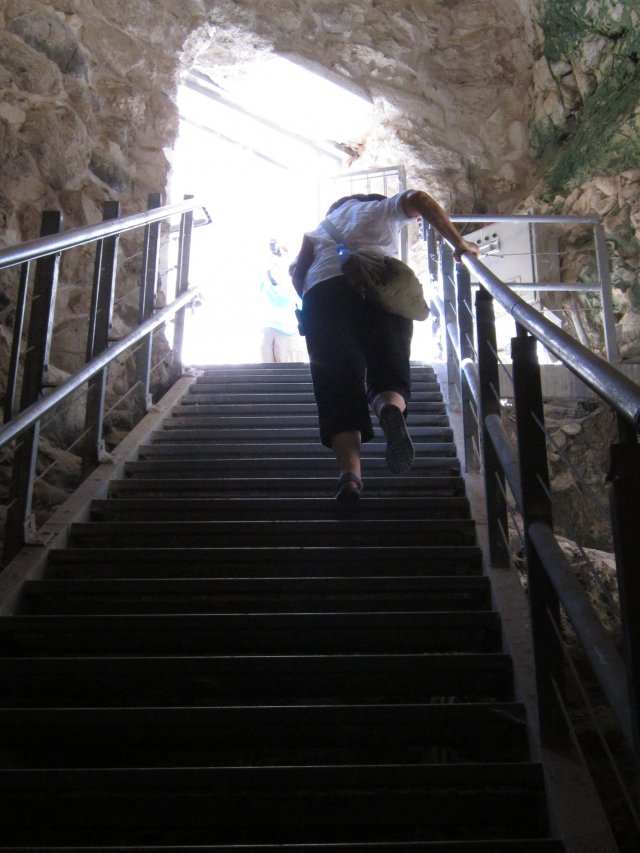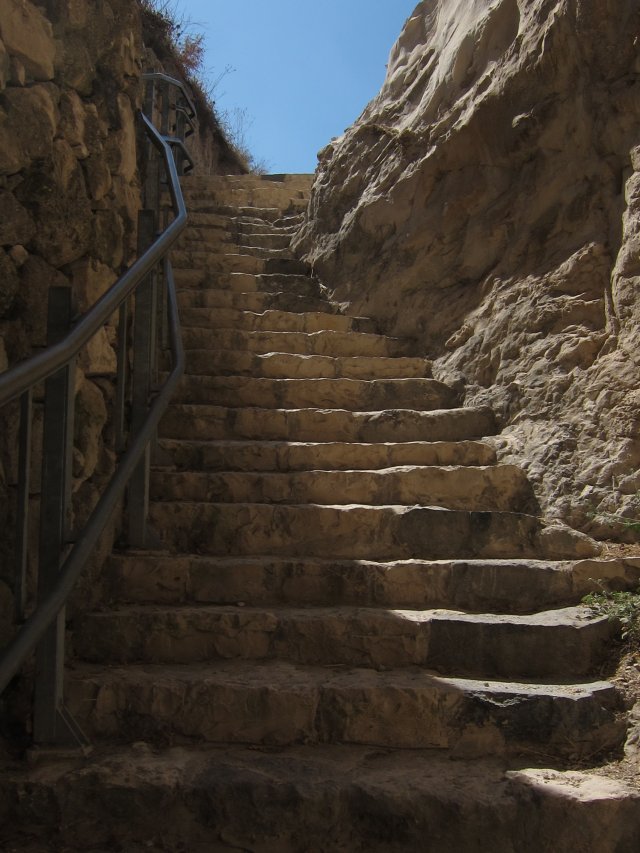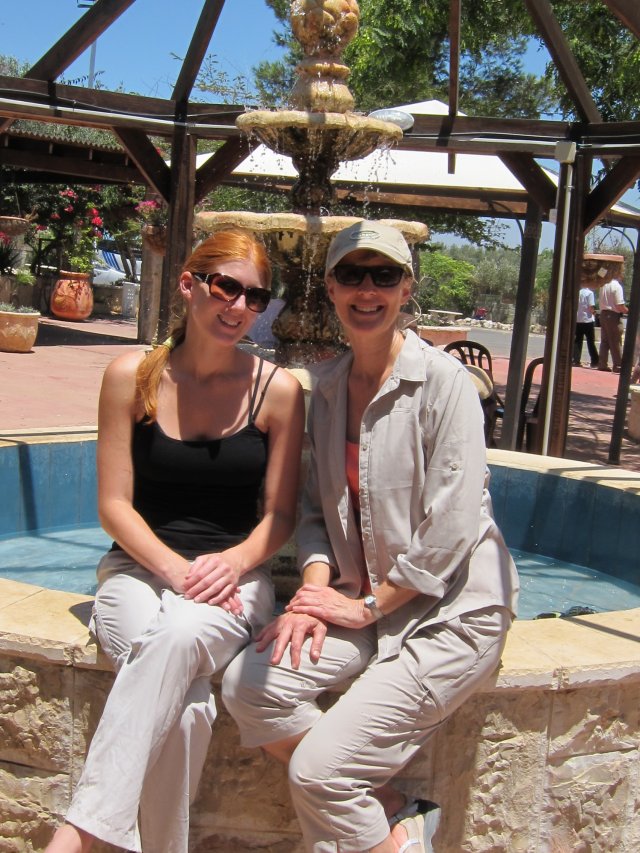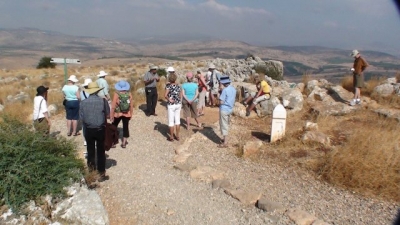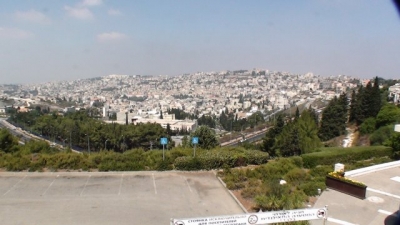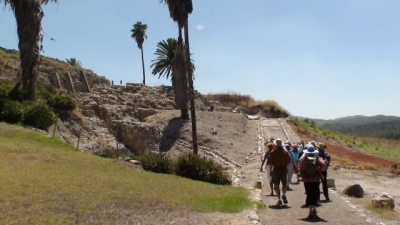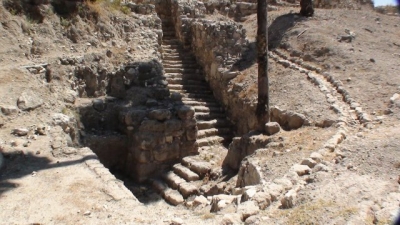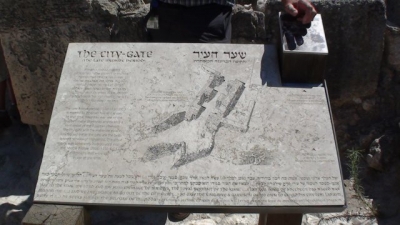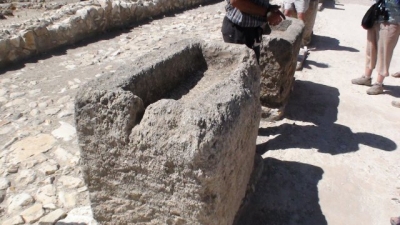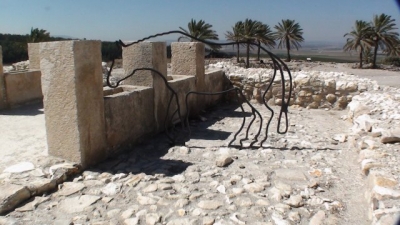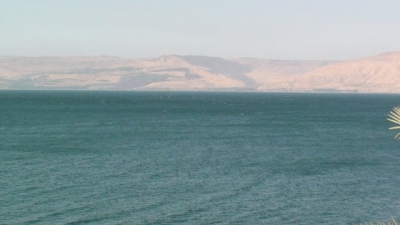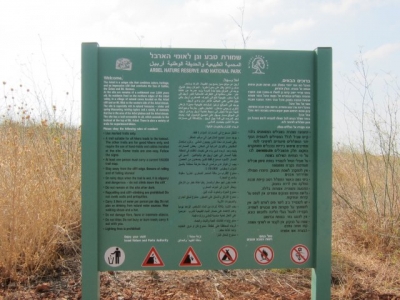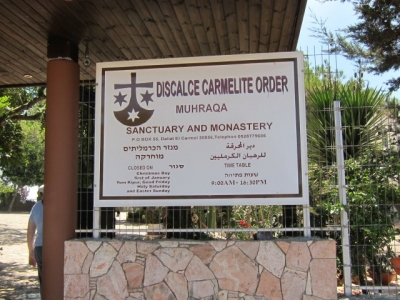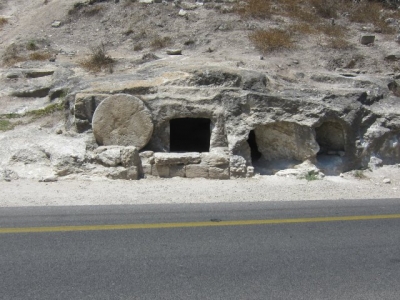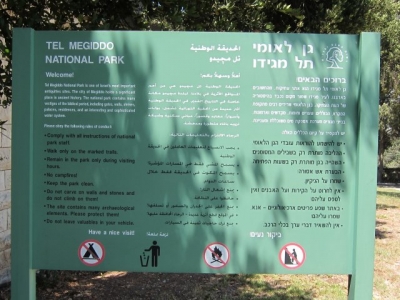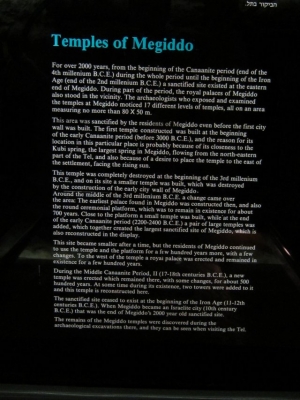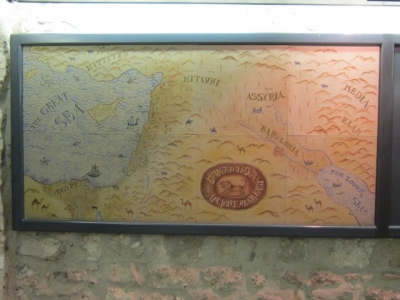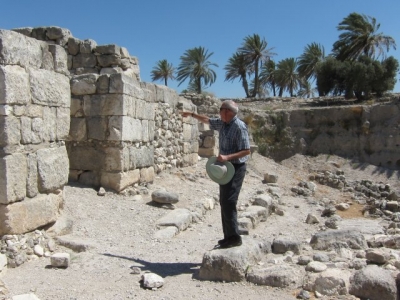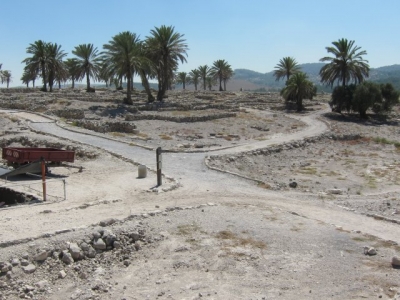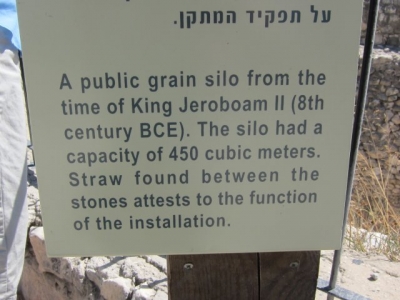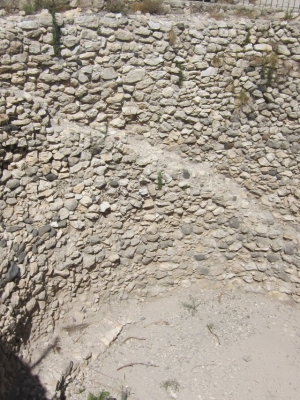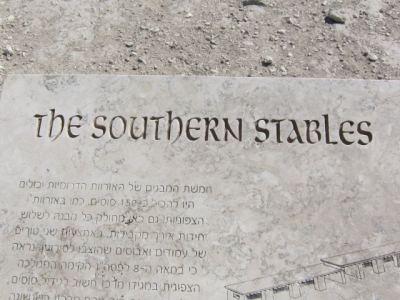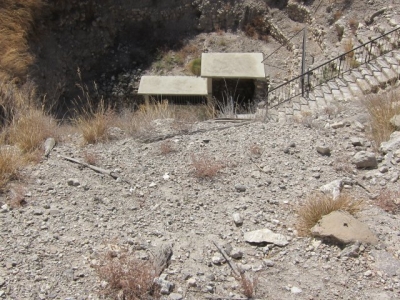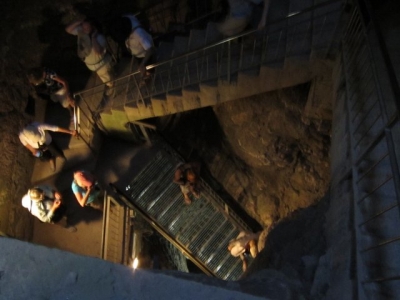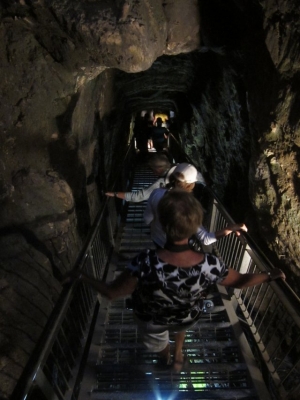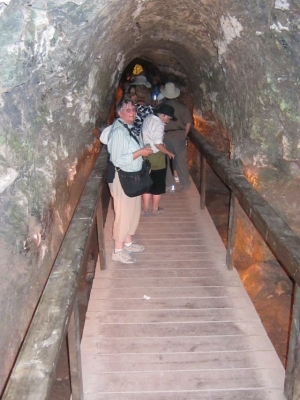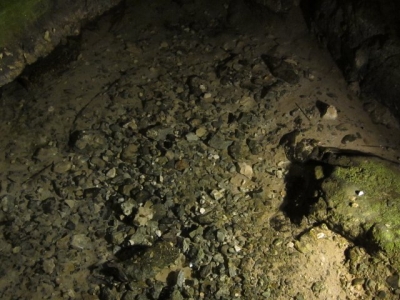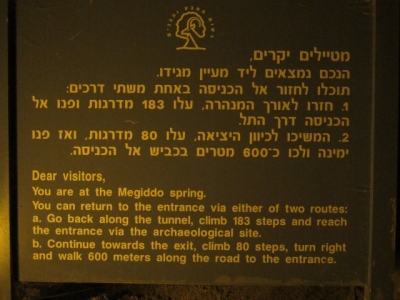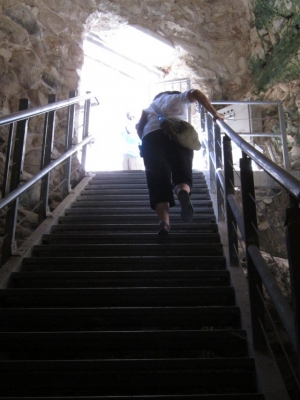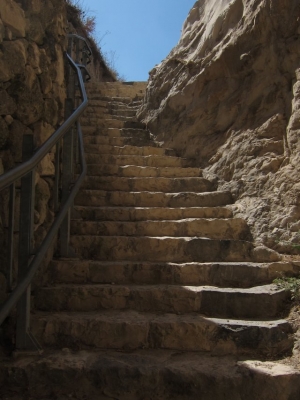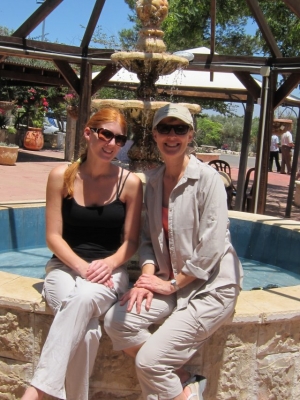Day 3 — Cana, Nazareth, Meggido
It was good to start off this morning NOT having to decide what clothes to take for various activities. We had nothing scheduled that would require a bathing suit or other change of clothes, so getting ready was a little faster. At least I felt more organized!
After breakfast we had a short meeting to talk about how things are going and profer ideas about ways we can work together as a group, then we headed for the bus and off on today’s adventures.
We started with a high point…literally. Arbel is a mountain and cliff with caves. We didn’t have time to see the caves, which were down some stairs off a cliff, but we saw the 360 degree view. And what a view! Mishi told us of battle strategies with names I recognized when he was talking but can’t remember now (sorry!). We saw a valley on a major trade route with Meggido as a city guarding the area. More on that in a bit.
Arbel is one possible site of Jesus’s sermon on the mount, though in fact, according to Thomas Cahill in “Desire of the Everlasting Hills,” it’s now thought that the sermon as written was a compilation of some of the better-known sayings of Jesus — not necessarily one speech he gave. But the setting at Arbel was beautiful and gave us a little early morning exercise as we hiked up the hill. Nancy and Olene read the sermon and surrounding passages alternately from the KJV and The Message, a moving experience that put us “in the moment.”
After a hot hike back down the hill (have I mentioned it’s been really hot?), we were on the bus for a ride through Cana, where Jesus turned the water into wine at a wedding — the first great work of his recorded in the Bible. Of course, Cana has grown as a city now, so any hint of where this might have occurred has been built over, probably many times. The main road through town is still rather small, but our bus driver, Moishe, has been great at navigating us safely through all hazards.
We didn’t stop at Cana but drove on to Nazareth, just a few miles up through the hills. The city picture you’ll see in the slideshow is “Old Nazareth,” which is also, of course, all grown over with current buildings. There are a couple of notable buildings and areas there, but you’ll have to take my word for that! 😉
This “Old Nazareth” is just a portion of the current Nazareth. In the days of Jesus it was considered a backwater, a place with a spring but not much else; away from trade routes or any real claim to fame. This is why Nathaniel, upon hearing about Jesus from James, asked, “Can any good thing come out of Nazareth?”
Other than getting out to take pictures, we just drove through Nazareth. Next stop, Mt. Carmel. Now there’s a Carmelite “Sanctuary and Monastery” there, but it’s the traditional site of where Elijah had his showdown with the prophets of Baal (see I Kings 18). Mishi related the story along with some background about the real names and what they meant. It was great to actually see the area where this story probably took place. We could see the field where Baal’s prophets would have set up their altar and called upon Baal – in vain — to set fire to it. Then, after they failed, Elijah alone did the same, adding water, and his God did send fire to consume the sacrifice, the alter, and the water.
By the way, this even occurred after a three-year drought, so water was very precious. If you’re like me, you might have thought that the water was just to make it a more difficult feat to start a fire. But consider that any water was precious, so “giving” 12 jars (large jars) of water for this exercise would have required a commitment and sacrifice from the people. Was this a way to prepare their thinking for a “new order”? Interesting thought.
So God did answer Elijah, and Elijah had all the prophets of Baal (450 of them) killed them at the brook Kishon. Kishon, when full of water, would wash the bodily remains out to the sea. Of course, at the time it was dry, so it must have been quite a sight.
Anyway, next Elijah prayed for an end to the dought. God sent rain and the land was saved. There’s more to the story, so read it yourself in the Bible. (Guess that rain washed all those bodies out to the Mediterranean, huh?)
Coming down from Mt. Carmel, we stopped at a Druze community for lunch, then on the road again. Alongside the road, we saw some tombs, one with a “large stone” in front of it, but rolled away from the mouth. Mishi asked us to recall the story of Jesus’ burial, where the tomb would have been similar.
Next stop, Meggido, or Armageddon. This is a city that was built and conquered over and over — 25 times! It was wonderful to see some of the layers and how the excavation is proceeding. I confess I have a hard time imagining what the area would have looked like in use. I need one of those “artist’s rendering” pictures! But we walked through and around some of the structures, starting with the gates.
I didn’t talk much about the gates at Bethsaida, but the idea of all of them is the same. They had two main purposes. The gates of the city in peace time were the “heart” of the city in that everyone gathered there to talk, pass news, get matters settled (judged), get education, and just about anything else you can think of. It’s where men spent a good portion of their days — while the women were doing the work of the household, of course.
In war, the gates served as deterrents to entry, with several areas that would slow invaders and make them vulnerable to attack while they were trying to knock down the city gates and walls.
What surprised me about the courtyard at the gates at both Bethsaida and Meggido was how sloped they were. I had thought of them as being mostly flat, perhaps with a slight slope for drainage. But they’re really quite steep. Interesting.
After the gates, we walked through areas where houses would have been. We also saw the pits built for grain storage. They’re quite deep and have two stairways (or ramps, couldn’t quite tell). One was for going down and the other for coming up. They’re narrow, but have lasted for thousands of years.
Then we saw the stables, and Mishi pointed out that the manger where Jesus was laid as a baby would have been what we saw in front of us, a high stone trough where horses would have fed. And it would have been perfect. Filled with straw and a covering, the baby would have been safe and comfortable. No wooden structure, though. Wood was hard to come by and therefore very expensive. The stone was a better choice.
Last stop at Meggido was at the ingenious water structure. The well entrance was outside the city for some time, not a good situation for times when the city was under seige. So they dug down to the level of the well inside the city and then through the rock to the well itself. They they closed up the “outside” entrance so no one could see where they were getting their water. The women were the ones who had to go down into the well area to get the water and bring it back up. Looks like back-breaking work to me!
We were able to take a shortcut out of the spring because the outside entrance had been opened up, so it was back to the bus and a nice leisurely ride back to the hotel. Oh, one quick stop back in Cana where Mishi picked up some baclava for us. It was fabulous!
At the hotel we had a little time to cool down, clean up, rest, or whatever, then dinner and an impromptu hymn sing — in the bar of all places! Well, that’s where the piano was! We were fortunate enough to have a piano teacher in the group, so she graciously played. I noticed some great singers in the group, too… Thanks everyone!
Then it was blog time, so now I’m finishing up and will get this online.
You can see how much we’re doing each day. I’m so glad I’m taking pictures because otherwise I know I’d forget a previous day with the events of the next. And we’re just getting started! I’m going to have so much video to work on to turn into a coherent story! (Eventually.)
Well, I’m going to finish this up because it’s now 11:30 PM and we’re going to get up to watch the sunrise in the morning (5:15 wake-up call). We also have to pack tonight because we’re checking out of this hotel in the morning and heading for Amman, Jordan tomorrow, after stops along the way. Every day’s an adventure!
Here are the pictures from today:
